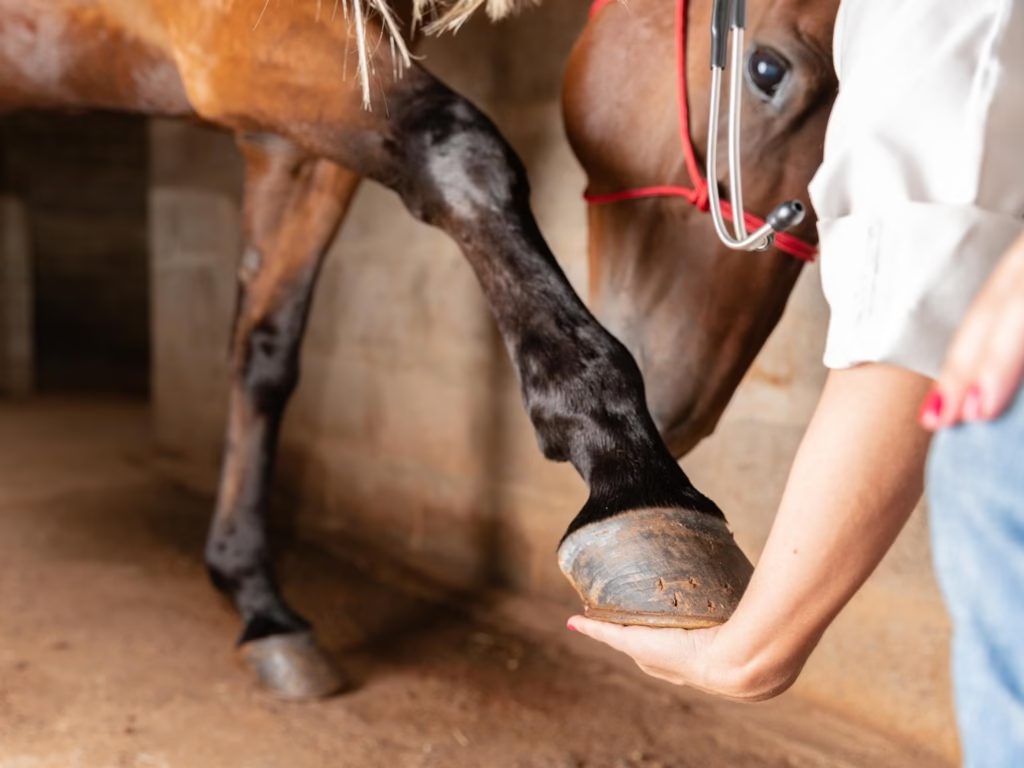Discover How Many Toes a Horse Has
Horses are amazing creatures that have evolved over millions of years. Known for their strength, speed, and grace, horses are an essential part of human history and culture. One interesting aspect of horses that might surprise many people is the structure of their feet. In this article, we will explore how many toes a horse has and why this is important for their health and movement.
Horses’ Feet: A Key to Their Survival
The horse’s foot is a marvel of design. It’s made up of several parts, including the hoof wall, sole, frog, and the coffin bone inside. The hoof is vital to a horse’s ability to run, jump, and carry weight. But what makes their hooves so unique is the number of toes they have.
Horses Have One Toe
The simple answer to how many toes a horse has is: one. While most people think of horses as having multiple toes, they actually have only one functional toe on each foot. This toe is what we see as the hoof, the hard, protective covering that shields the sensitive structures inside.
So, while humans and many other animals have multiple toes on each foot, horses have evolved in a different way. Their ancestors once had more toes, but over time, only the middle toe remained. This single toe has become incredibly strong and durable, allowing horses to run swiftly and carry heavy loads.
The Evolution of Horse Toes
To understand why horses only have one toe, we need to look at their evolutionary history. Millions of years ago, horses had multiple toes on each foot. These early ancestors, such as Eohippus (also known as the “dawn horse”), had four toes on their front feet and three on their back feet.
As horses evolved over time, the terrain they lived on changed, and so did their bodies. Early horses lived in dense forests where they needed to move through soft, muddy ground. Their multiple toes helped spread their weight across a wider area, acting like a form of natural snowshoes.
However, as the environment became drier and more open, horses needed to run faster and cover large distances. Over time, their toes began to shrink, and eventually, they were reduced to just one central toe on each foot. This toe became larger and stronger, evolving into the modern horse’s hoof. This change allowed horses to move more efficiently on hard ground, making them better suited for the open plains.

The Role of the Hoof
The single toe of the horse has developed into a highly specialized structure. The hoof is made of keratin, the same material that makes up human nails and hair. It grows continuously and needs to be maintained through regular trimming and care.
The hoof is incredibly strong and supports the entire weight of the horse. It acts like a shock absorber when the horse runs or jumps, distributing the impact evenly. The design of the hoof also helps the horse with traction, allowing them to grip different types of terrain, from grass to rocky paths.
Despite having only one toe, horses are able to run at incredible speeds. Their hooves provide them with the balance and support they need, making them one of the fastest animals on land.
Why Is This Important?
Understanding how many toes a horse has is more than just an interesting fact; it’s also important for horse owners, trainers, and veterinarians. Keeping a horse’s hooves healthy is essential for their overall well-being. Without proper hoof care, horses can develop painful conditions, such as laminitis, cracks, and abscesses.
Regular hoof trimming and care help prevent these issues and ensure that the horse can move comfortably. Additionally, farriers (hoof care specialists) often apply horseshoes to protect the hooves from excessive wear, especially if the horse works on hard surfaces.
Conclusion
Horses have one toe on each foot, a unique trait that sets them apart from most other animals. This evolutionary adaptation has made horses incredibly efficient runners and survivors on open terrain. Their hooves, the result of this single toe, are essential for their movement, balance, and strength. Whether you’re a horse owner or simply someone who loves these magnificent animals, understanding how many toes a horse has can help you appreciate the incredible ways in which they’ve adapted to their environment.
By taking good care of their hooves, we can ensure that horses continue to thrive and remain strong and healthy for many years to come.

